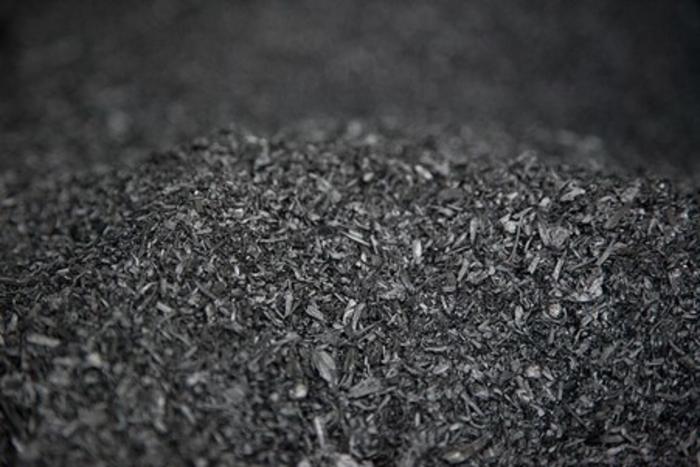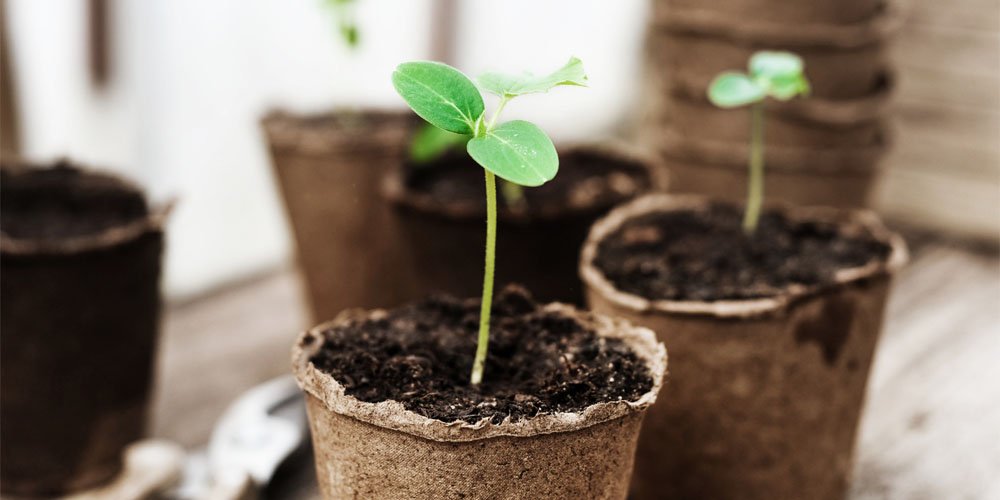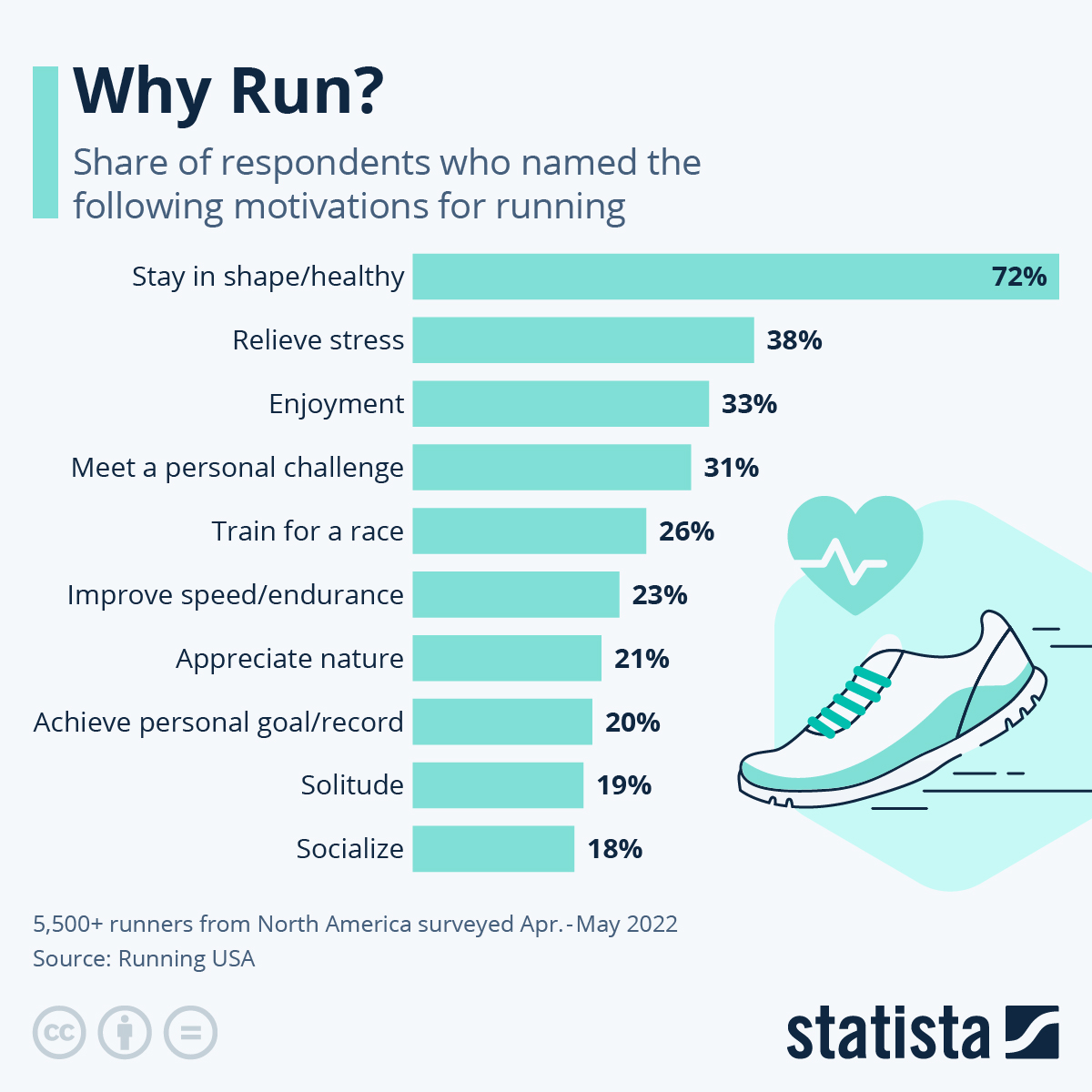Climate change presents a formidable global challenge. Developing efficient carbon capture and storage (CCS) technology is an effective way to mitigate climate change. Carbon capture using biomass waste-derived engineered biochar is a promising avenue in CCS technology. However, optimal synthesis of engineered biochar is a time- and resource-intensive process. Researchers have now devised an active learning strategy that accelerates the development of high-performance engineered biochar with enhanced CO2 uptake.
In a groundbreaking development, researchers have unlocked the potential of biomass waste-derived engineered biochar for unprecedented CO2 capture, paving the way for advanced climate change mitigation and sustainable waste management solutions.
Despite the recognized benefits of biochar in addressing environmental challenges, its optimal synthesis for enhanced performance has long been hindered by time- and labor-intensive processes. In response to this challenge, a team of experts has unveiled an innovative active learning strategy designed to guide and expedite biochar synthesis while significantly improving its CO2 adsorption performance.
The research team, led by Prof. Yong Sik Ok, Chair and Program Director of the APRU Sustainable Waste Management Program, collaborated with Prof. Xiangzhou Yuan from Southeast University, Prof. Javier Pérez-Ramírez from ETH Zurich, and Prof. Xiaonan Wang from Tsinghua University. Their approach leverages experimental data to recommend optimal synthesis parameters, focusing on maximizing the narrow micropore volume of engineered biochar—a key factor in its CO2 adsorption performance. This work, “Active Learning- Based Guided Synthesis of Engineered Biochar for CO2 Capture,” has been selected as a Front Cover, which is the featured cover in all ACS journal issues.
The active learning strategy was rigorously validated through experimental tests, with data iteratively leveraged for subsequent model training and revalidation. This iterative process, establishing a closed loop, resulted in the synthesis of 16 property-specific engineered biochar samples over three active learning cycles. Impressively, the CO2 uptake nearly doubled by the final round, showcasing the transformative impact of this data-driven approach.
“The active learning strategy we employed not only expedites the synthesis of engineered biochar but also maximizes its CO2 adsorption capacities. This innovative approach has the potential to reshape the landscape of biomass waste-derived materials, offering a data-driven workflow for the development of high-performance biochar with broader applications,” says Prof. Ok.
This research introduces a pioneering data-driven workflow that not only accelerates the development of high-performance engineered biochar but also expands its applications as functionalized materials. The breakthrough holds significant promise for addressing climate change and advancing sustainable waste management practices, marking a crucial step towards a more environmentally conscious future.
“The active learning cycles described in our research exemplify our dedication to innovative methodologies. It is through collaboration and a commitment to sustainable practices that we can drive meaningful change, as reflected in our recent publications in leading journals,” says Prof. Yuan.
In addition to publishing key articles in reputed journals, the team’s remarkable research portfolio includes a series of influential publications, each addressing critical issues and proposing innovative solutions:
- “Machine learning for heavy metal removal from water: recent advances and challenges” – Published in ACS ES&T Water (2023, DOI: 10.1021/acsestwater.3c00215) and featured with a Supplementary Journal Cover, this manuscript explores the application of machine learning in addressing the removal of heavy metals from water sources, highlighting recent advancements and challenges in the field.
- “Sustainability-inspired upcycling of waste polyethylene terephthalate plastic into porous carbon for CO2 capture” – Published in Green Chemistry (2022, DOI: 10.1039/d1gc03600a) and featured with a Front Cover and selected as a Highly Cited Paper (HCP), this paper delves into the upcycling of waste polyethylene terephthalate plastic into porous carbon materials, offering a sustainable solution for CO2 capture.
- “Sustainable Food Waste Management: Synthesizing Engineered Biochar for CO2 Capture” – Published in ACS Sustainable Chemistry & Engineering (2022, DOI: 10.1021/acssuschemeng.2c03029) and featured with a Front Cover, this work upcycles food waste into high-performance engineered biochar for CO2 capture, indicating that a net negative global warming potential could be achieved using food waste-derived CO2 adsorbent from the life-cycle perspective.
- “Applied Machine Learning for Prediction of CO2 Adsorption on Biomass Waste-Derived Porous Carbons” – Published in ES&T (2021, DOI: 10.1021/acs.est.1c01849) and featured with a Supplementary Journal Cover, this manuscript explores the application of machine learning techniques for predicting CO2 adsorption on biomass waste-derived porous carbons, offering insights into efficient carbon capture technologies.
- “The COVID-19 pandemic necessitates a shift to a plastic circular economy” – Featured in Nature Reviews Earth & Environment (2021, DOI: 10.1038/s43017-021-00223-2), this publication underscores the urgency of transitioning to a plastic circular economy in response to the challenges posed by the COVID-19 pandemic.
- “Dual closed-loop chemical recycling support sustainable mitigation of plastic pollution” – Presented in Matter (2021, DOI: 10.1016/j.matt.2021.03.014), this research outlines a dual closed-loop chemical recycling approach to supporting sustainable mitigation of plastic pollution, highlighting the importance of circular economy principles.
Prof. Ok, along with collaborators, including Prof. Xiangzhou Yuan from Southeast University, has been instrumental in driving these initiatives forward. Their collective efforts have not only advanced scientific knowledge but also paved the way for practical solutions to some of the most pressing environmental challenges of our time.
***
Reference
DOI: https://doi.org/10.1021/acs.est.3c10922
About APRU Sustainable Waste Management Program
As a network of leading universities linking the Americas, Asia, and Australasia, APRU (the Association of Pacific Rim Universities) brings together thought leaders, researchers, and policy-makers to exchange ideas and collaborate toward practical solutions to combat the challenges of the 21st century. The APRU Sustainable Waste Management Program focuses on adopting environmentally friendly practices to manage waste effectively while minimizing its negative impacts on the environment and human health. It involves various strategies and approaches to reduce, reuse, recycle, and properly dispose of waste materials together with ESG concepts. Prof. Yong Sik Ok at Korea University serves as the Chair and Program Director of the program, co-directed by Prof. William Mitch at Stanford University. For more information, visit APRU Sustainable Waste Management Program’s website.
About Professor Yong Sik Ok
Professor Yong Sik Ok is a KU HCR Professor. He is the Chair and Program Director of the Sustainable Waste Management Program for the Association of Pacific Rim Universities (APRU) and the President of the International ESG Association and the International Society of Trace Element Biogeochemistry. He maintains a worldwide professional network by serving as the Editor-in-Chief of CleanMat (Wiley Open Access) and the Co-Editor-in-Chief of Critical Reviews in Environmental Science and Technology (CREST, five-year IF:13.6) at Taylor and Francis. Moreover, Prof. Ok has hosted many conferences and forums focusing on Sustainability, UN SDGs, and ESG. The recently concluded 6th Global Conference on ESG Management & Sustainability marked another milestone in Prof. Ok’s ongoing journey toward achieving sustainability and ESG goals together with Prof. Jay Hyuk Rhee (President, KU ESG Research Institute & President, International ESG Association) at Korea University Business School. Importantly, Prof. Ok will chair the 4th Australian Circular Economy Conference, scheduled to take place in Sydney, Australia, in October 2024, together with Prof. Ali Abbas, Director, Waste Transformation Research Hub and the Associate Dean Research, Faculty of Engineering, The University of Sydney.
Journal
Environmental Science & Technology
DOI
10.1021/acs.est.3c10922
Method of Research
Experimental study
Subject of Research
Not applicable
Article Title
Active Learning-Based Guided Synthesis of Engineered Biochar for CO2 Capture
Article Publication Date
18-Mar-2024
COI Statement
The authors declare no competing financial interest.






































